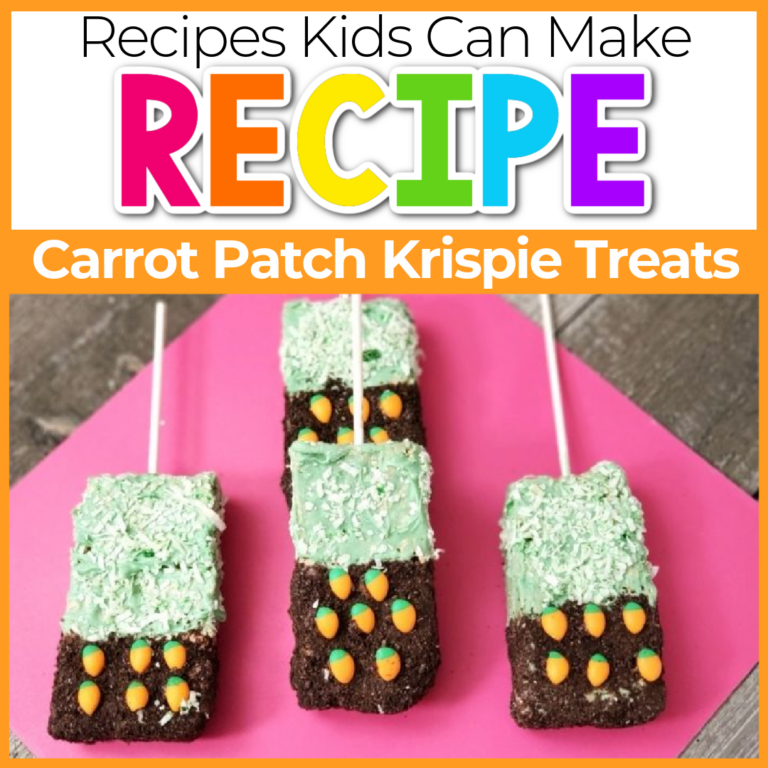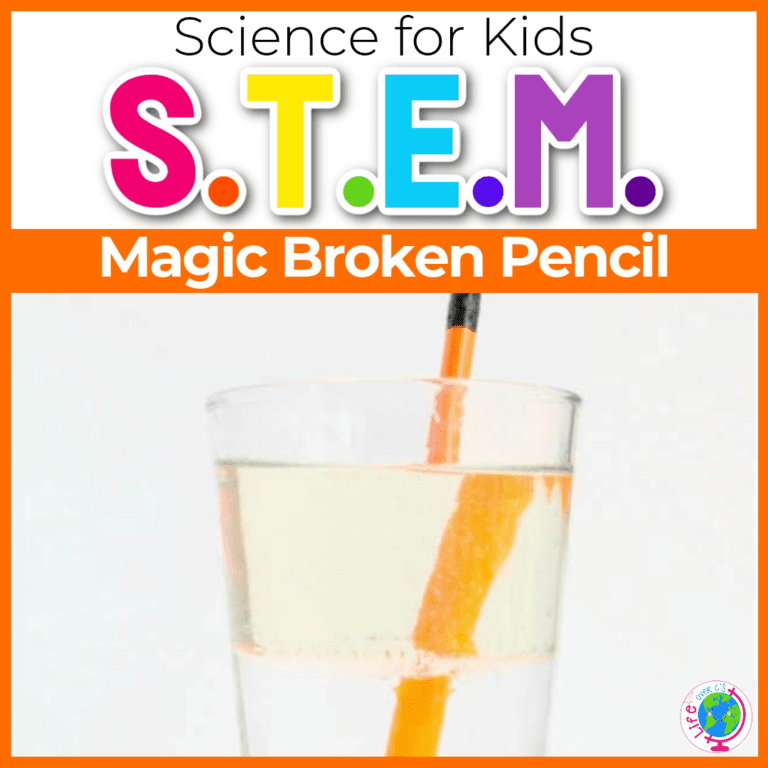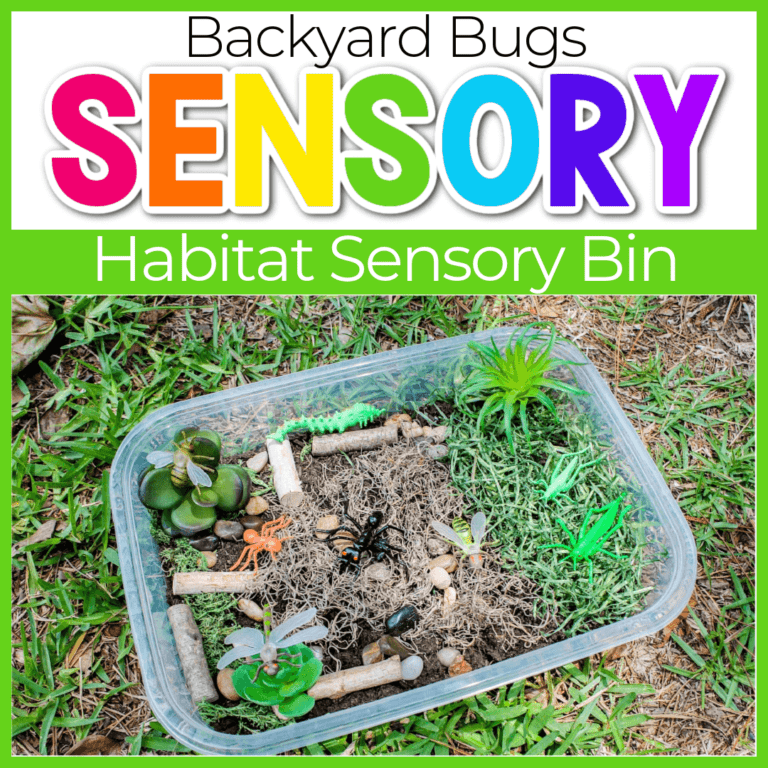Free Printable Alphabet Beginning Sounds Sorting Activity
Reading begins with our ears. Hearing the sounds in the words we speak and sing is one of the first steps toward understanding letter/sound relationships. Rhyming, blending and segmenting syllables and phonemes (sounds), and identifying the beginning, middle and ending sounds in words are crucial literacy activities for preschoolers and kindergarteners. That is why I created this kindergarten Beginning Sounds Sorting Activity!

Recommended Grade Level:
Learning Beginning Letter Sounds in Kindergarten
BUILDING STRONG PHONOLOGICAL AWARENESS BEGINS IN PRESCHOOL AND KINDERGARTEN
IDENTIFYING INDIVIDUAL SOUNDS IN WORDS HELPS CHILDREN MAKE THE CONNECTION BETWEEN ORAL LANGUAGE AND WRITTEN LANGUAGE.
Early phonological awareness includes rhyming, clapping syllables, segmenting words by each sound, and identifying initial/middle/ending alphabet sounds in words.
While it’s equally important to teach the alphabet letter names and sounds and practice on dry erase boards, phonemic awareness should come first.
The beauty of working on phonemic awareness skills is that it easily fits into quick transitions throughout the day. Sing the alphabet song or silly rhyming songs, ask children to repeat word pairs that begin with the same sound, or clap syllables when transitioning to “re-cess” or “lunch.”
I also like to teach kids to look in a mirror as they isolate a sound so they can see what their mouths are doing. Exaggerate sound production to help kids discern between sounds that are similar and often confusing, like /th/ in thin and /f/, or /m/ and /n/.
The beginning sounds pictures for kindergarten include header cards with upper and lower case letters A-Z and four alphabet picture cards for each letter.
Get kids really thinking about sounds and how we produce them to further their understanding. Here are some questions to keep in mind as children sort the picture cards.
- What sound do you hear at the beginning of the word?
- Do you know the letter that makes that sound?
- What other pictures/words have the same beginning sound?
- How do you make that sound with your mouth? Tongue? Breath? Throat?
- Can you sing/stretch that sound, or is it quick?

What Can Preschoolers Learn With Initial Sound Alphabet Activities?
PHONOLOGICAL AWARENESS
LEARNING TO IDENTIFY THE FIRST SOUND IS A WORD IS THE FIRST STEP TOWARDS BETTER PHONOLOGICAL AWARENESS.
Phonological awareness is the idea that words are made of individual sounds. We can pull apart and manipulate those sounds orally. When kids understand oral word play, they can better apply phonics concepts/rules to reading and writing.
This is the progression of phonological awareness in pre-k, kindergarten, and the primary grades:
- Identify first sound in words
- Identify ending sound in words
- Identify middle sound in words (vowel)
- Recognize and produce rhyming words

Why Is It Important For Kids To Manipulate Sounds?
Distinguishing sounds in a word, and later manipulating those sounds, help children make important connections as they begin to learn more about printed words. Hearing sounds is just as important as letter recognition in early learning.
Rhyming & Alliteration: Read rhyming books to your child, sing songs and point out which words rhyme, play with alliteration like practicing silly tongue twisters.
Sentence Segmentation: Say a simple sentence, using common sight words. Have children repeat the sentence and count how many words are in the sentence. Students can hold up a finger for each word, or draw a line on a whiteboard.
Syllables: Students can repeat a word, then clap each syllable. As they gain fluency, give each syllable separately and ask students to blend them into one word.
Onsets & Rimes: This level of phonemic awareness means working with chunks of sounds in a word. Onset refers to the beginning sound while rime refers to the rest of the word.
How to Make the Alphabet Beginning Sound Sort
This level of phonemic awareness means working with chunks of sounds in a word. Onset refers to the beginning sound while rime refers to the rest of the word.
This level of phonemic awareness means working with chunks of sounds in a word. Onset refers to the beginning sound while rime refers to the rest of the word.

Alphabet Cards: Use the ABC cards to learn letter names and sounds, sort them by shape, or put them in ABC order.
Create a Book: Cut the printed sound picture sort pages in half and staple them into a book with one letter per page and initial sound pictures the students can flip through the beginning sounds worksheet.
Letter Matching: Print a double set of letter cards for students to match the letters of the alphabet as a center activity.
Sensory Bin: Teach a letter sound per week and fill the sensory bin with objects that begin with that letter.
Rhyming Skills: Put all of the pictures in a pile. Draw a card, name the picture, and then make a silly rhyme (ie., apple/bapple, or juggle/muggle).
Ending Sounds: If some of your students have mastered beginning sound activities, challenge them to identify and sort by the ending sound.

join the newsletter & Get your free activity
Get Your Free Printable Activity Here!
Already a subscriber? No worries. Just enter your email here to have the activity sent directly to your inbox.
More Beginning Sound Activities You’ll Love:
Looking For More Beginning Sound Ideas?
Want More Letter Sorting Practice?
Search All Activities
Looking for more? Find exactly what you need here:















